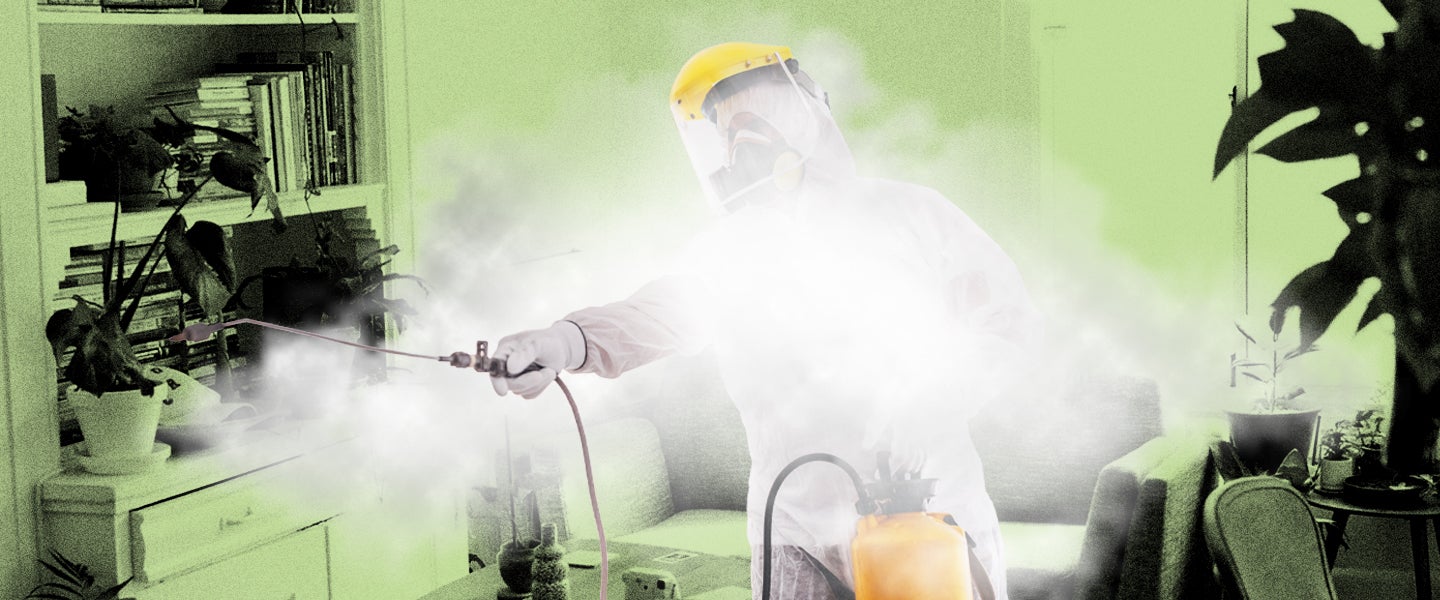When the quarantines began being announced back in March and early April, the conventional wisdom suggested that limiting our interaction with the outside world would at the very least provide a first line of defense against the coronavirus for ourselves, our families and — in a macro sense — society at large from a mass influx of new cases of COVID-19.
But even if we’re extra careful, isolation is, at best, a leaky sieve of protection, because inevitably we’re going to have to venture out of the house occasionally for food and supplies, and we’re going to have to let people in occasionally when things break at home that we can’t fix ourselves.
For the former, there are potential solutions: Ordering groceries via a delivery or take-away service (problematic though that might be in some instances), limiting the number of orders we make to only a few per month and wiping down every last bag with a disinfectant the moment it enters our homes.
But what do you do when you have a leaky roof? Or a broken pipe? Or your refrigerator dies on you?
Call in a professional to come into your space, that’s what. And that forces you to consider some questions — like, where has this person been, what are they going to touch while they’re here and how do I sterilize my home after they’ve gone?
That last question is arguably the most important, but unfortunately, according to a germ expert, it’s the hardest to answer. “You can’t really ‘sterilize’ anything in the home,” says Jason “The Germ Guy” Tetro. “It requires some serious physical parameters that are tough to establish. You can decontaminate either through cleaning or disinfection, but definitely not sterilize.”
So if you can’t get your space 100 percent clean after someone working on or in your house has visited, what can you do? Tetro says the best approach is to treat the area where the individual will be working like a lab. That means clearing an “anteroom” near the entrance where the worker can collect or store their materials, defining (and clearing) a walkway that the worker will stick to where you’re okay with contamination and, finally, establishing a “hot zone” of six feet around the area where the work will be done.
That should give you some semblance of control in a situation where, if you’re not paying attention, it could potentially lead to infection. “When the work is complete, you can disinfect the hot zone and the anteroom with something that’s known to kill/inactivate the virus,” says Tetro. “The walkway can be cleaned with either disinfectant or detergent (soap and water), and if there have been items touched along the way or the path has been changed (say, the individual needs to use the bathroom, although you should have that in your planned path), you should consider disinfecting the surfaces (toilet, sink taps, sink drain) afterwards.”
In times like these, having a stranger in your house can be unnerving, but if you think like an infectious disease expert, you can take steps to limit your exposure. Now if only you could stop your roof from leaking.

